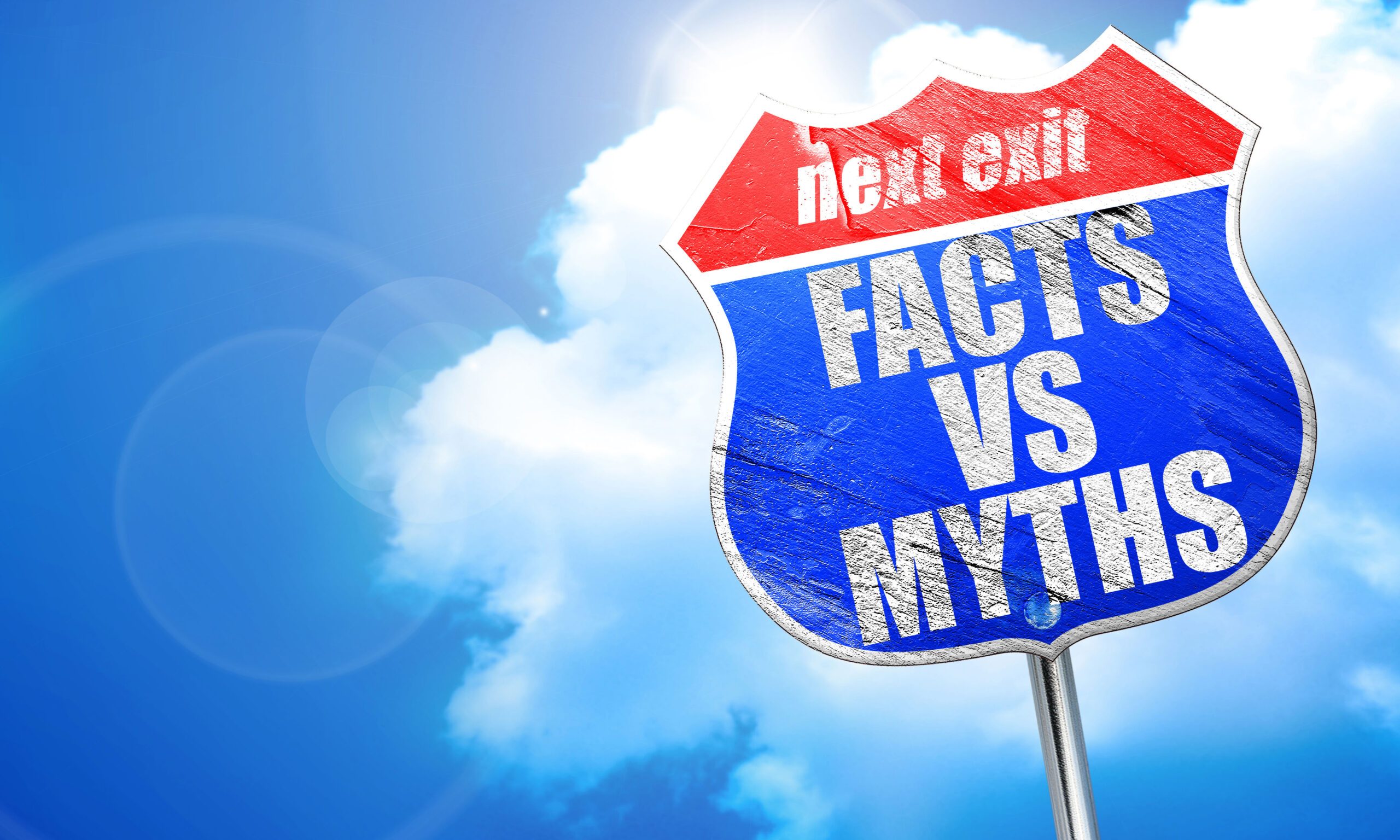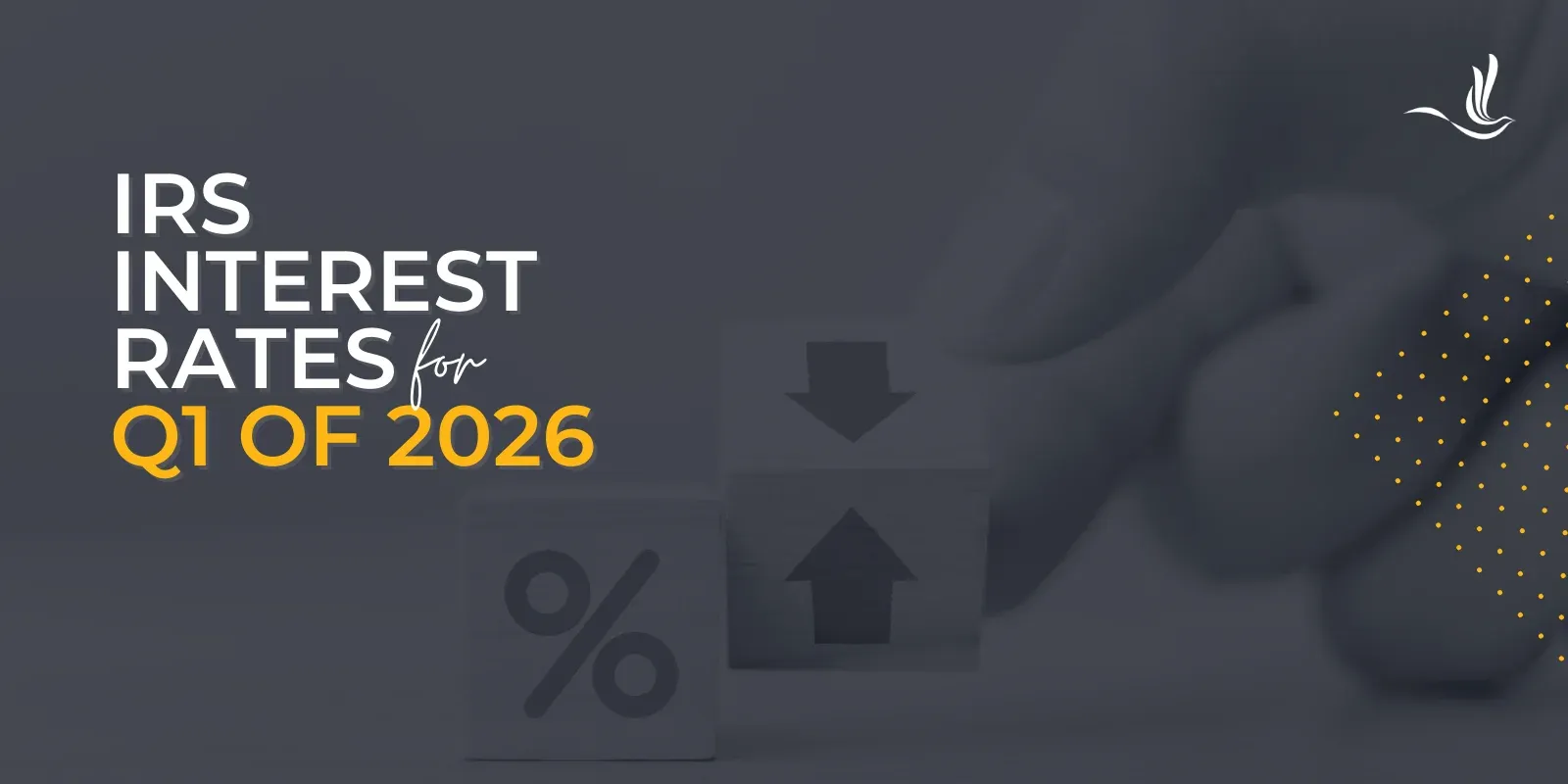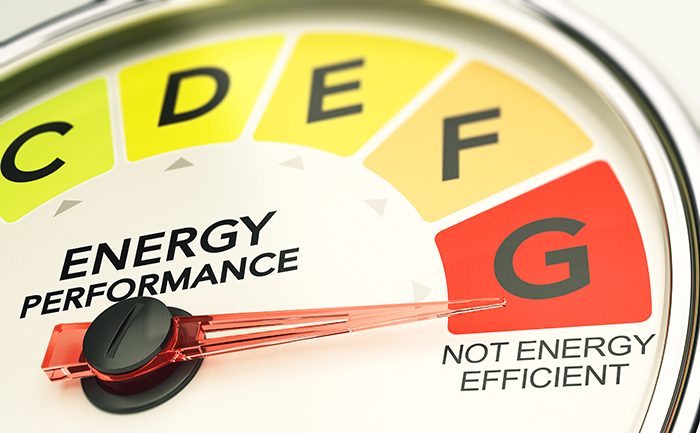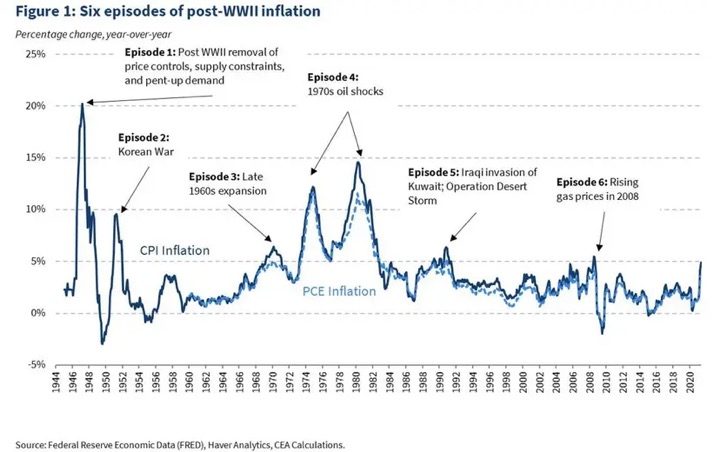Put simply, MTD is the government initiative to digitise the tax system and is being introduced in multiple stages over the next few years. HMRC hopes the new system will be fairer and more efficient and make it easier for businesses and individuals to get their taxes right.
Since April 2022, MTD for VAT has applied to all VAT-registered businesses. And as of April 2026, MTD for Income Tax will be phased in, with those earning over £50,000 from self-employment and/or property in the 24/25 tax year the first to be mandated. Initially due to come into effect in 2024, it was delayed due to the cost of living crisis to relieve additional pressure from small business owners.
In July 2025, HMRC announced that it has scrapped plans for MTD for Corporation Tax.
Instead, it will renew its internal systems for Corporation Tax ahead of future improvements.
In this article, we’re aiming to clear up any remaining confusion by busting nine common MTD myths.
1. You’ll pay more tax with MTD
Provided you’ve been doing your tax returns correctly, you shouldn’t be paying any more or less tax than you were already. MTD is just trying to account for the billions of pounds in unpaid tax that’s lost to avoidable errors and fraud every year.
HMRC still collects the same old taxes, it’s just trying to improve the way they’re calculated and reported so that the system is fairer and more accurate.
2. All your accounting must be 100% digital
While MTD does require businesses to keep digital records, it doesn’t necessarily require you to digitise every aspect of your accounting.
For example, you may be able to continue sending paper-based invoices to your clients and receiving paper receipts – you just need to make sure this data is transferred to a digital format in your accounting software as soon as possible.
That said, a 100% digital accounting process will make your life easier by reducing admin and giving you more time to spend on the more vital aspects of running your business.
If you use your accounting software to issue invoices, that data is automatically digitised, with no need to do manual uploads later.
>See also: Making Tax Digital for VAT: 6 simple tips to get your business ready
3. MTD means I don’t need to submit a tax return
Under MTD rules, you still need to submit regular returns, you just need to submit them in a digital format.
If you’re a VAT-registered business, you should continue to submit quarterly VAT returns through your accounting software.
This is also the case with MTD for Income Tax, as well as an annual Self-Assessment tax return of all your business and non-business income by 31 January to calculate your tax and National Insurance.
4. HMRC needs all your accounting data
While you might be concerned that MTD will require you to make more of your accounting data available to HMRC, so far, businesses haven’t had to provide any more data than they did under the previous system.
However, for MTD for Income Tax, you will have to provide data more frequently. Under the new system, you’ll be required to submit at least quarterly reports to HMRC detailing your income, allowable expenses, and any adjustments or reliefs.
There’s no legal requirement for these reports to be completely accurate.
Instead, these give both HMRC and you a better idea of your tax position, which can help you to better assess your cash flow in advance of having to settle your eventual tax bill.
5. I have an accountant, so I don’t need to do anything for MTD
Yes, your accountant can continue to prepare your books and file digital returns on your behalf, but that doesn’t mean you can forget about MTD.
Your main ongoing responsibility will be maintaining digital records in HMRC-approved accounting software. Thanks to smartphones, this has never been easier. You can use apps to send digital invoices, review paperwork, and even digitise paper receipts.
Your accounting app will also allow you to monitor your cash flow and stay on top of taxes.
Make sure to discuss record-keeping with your accountant, so that you can agree on a consistent and reliable process and avoid any hassle when deadlines are approaching.
6. MTD for VAT doesn’t affect me because I voluntarily registered my business for VAT
When MTD for VAT was first introduced in April 2019, voluntarily registered businesses were exempt.
However, as of April 2022, MTD for VAT has been expanded to all VAT-registered businesses regardless of turnover, including those that are voluntarily registered for VAT.
>See also: Making Tax Digital for VAT post-April: What now?
7. MTD doesn’t affect small businesses
As discussed above, MTD for VAT now includes all businesses regardless of turnover. Even the smallest businesses now have to use software to keep accounting records and file digital returns.
And while MTD for Income Tax will only apply to businesses with qualifying turnover of more than £50,000 (in the 24/25 tax year) initially, then with more than £30,000 (in the 25/26 tax year) in April 2027 and those exceeding £20,000 (in the 26/27 tax year) from April 2028.
Any sole traders, partnerships, or landlords with an income of below £30,000 will be exempt until a review has taken place.
However, although HMRC hasn’t made any announcement yet, there’s always the possibility that this could change in the future.
8.
I don’t run a business so I can forget about MTD
You might not run a business, but if, for example, you’re a landlord with a few properties, and your rental income is above £50,000, MTD for Income Tax will apply to you from April 2026.
Likewise, if you’re in full-time employment but have a side hustle as a freelancer that nets you a supplementary income of more than £30,000, you guessed it, you’ll need to follow the rules for MTD for Income Tax come 2027. And that goes for any VAT-registered individual too.
I’ve checked and I’m definitely not under the scope of MTD, so there’s nothing to do, right?
You might be right, but HMRC has introduced other MTD-related initiatives that could affect you if you’re a sole trader.
Basis period reform
For most sole traders, your accounting date (the date at which you draw up your accounts) and basis period (the period for which you’re liable for tax) match the tax year, 6 April to 5 April.
However, some sole traders, especially those that have seasonal trading or that work with foreign businesses, choose accounting dates and a basis period that don’t match the tax year. This means they can be taxed twice on their profits in their first years of trading, which they currently can’t claim back until their business closes.
As of April 2024, all sole traders or unincorporated businesses, regardless of when their accounting dates are, have to use the tax year for their basis period and 5 April for their taxable date.
Points-based penalties
A new points-based penalty system was introduced in January 2023.
Instead of receiving an instant fine for late submission, you incur points. Once you reach a certain threshold for points, you’re be fined.
This applies to MTD for VAT and MTD for Income Tax.
Which is the best software for Making Tax Digital?
Which is the best software for Making Tax Digital?
Several big-name accounting software providers are not only MTD-compatible, but deliver everything you need to comply with ease and more.
Here are some platforms to consider:
Sage Accounting
Sage makes MTD compliance easy with built-in AI assistance via Sage Copilot, which flags tax deadlines, checks data for errors, and even helps with filing. Its tools connect your bank feeds, automate transaction categorisation, and let you submit VAT and Self Assessments directly.
Whether you’re self-employed or running a business, Sage is a great option for dealing with MTD.
Plans & Pricing (excl. VAT):
- Start – £18 per month: Invoicing, bank reconciliation, VAT submissions
- Standard – £39 per month: Includes Start + CIS, cash flow, quotes, advanced reporting
- Plus – £59 per month: Includes Standard + inventory, multi-currency, and budgeting
Intro offer: 90% off for 6 months
Get started with Sage AccountingXero
Xero is fully equipped for MTD for VAT and Income Tax. It automatically categorises transactions and provides live tax estimates. You can manage multiple income streams, file VAT returns, and keep everything HMRC-compliant from one dashboard.
It’s a strong all-rounder with scalable plans and powerful analytics tools.
Plans and pricing (excl. VAT)
- Simple – £7 per month: Quotes, MTD for ITSA, bank reconciliation, Hubdoc receipt capture
- Ignite – £16 per month: All Simple features + enter bills, VAT filing to HMRC, optional bill payments and CIS returns
- Grow – £37 per month: All Ignite features + pay up to 5 bills, expenses & mileage for 5 users (£2.50 per additional user), 5-person payroll, optional project tracking (£5 per user)
- Comprehensive – £50 per month: All Grow features + bill payments for 10, multi-currency support, project tracking (for 10 users)
- Ultimate – £65 per month: All Comprehensive features + bill payments for 15, advanced analytics, up to 10-person payroll, enhanced budgeting and insights
Intro offer: 90% off for three months.
Get started with XeroQuickBooks
QuickBooks is HMRC-recognised and ideal for both sole traders and VAT-registered businesses. It supports MTD for VAT and Income Tax, Self Assessment, and CIS filing, all while offering AI-driven insights, automated expense tracking, and easy return submissions.
Plans & Pricing (excl. VAT):
- Sole Trader – £10 per month: Invoicing, cash flow, MTD for Income Tax, Self Assessment tools
- Simple Start – £16 per month: Adds VAT submissions, CIS returns, and accountant access
- Essentials – £33 per month: Multi-user, bills, time tracking, multi-currency
- Plus – £47 per month: Stock tracking, project profitability, budgeting
- Advanced – £115 per month: Up to 25 users, automation, batch invoicing, advanced reporting
Intro offer: 90% off for three months.
Get started with QuickBooksZoho Books
Zoho Books offers affordable, MTD-ready accounting with direct VAT and Income Tax filing to HMRC.
It automates return generation and payment matching, saving time while ensuring accuracy. Even the free plan includes invoicing, receipt capture, and expense tracking, ideal for smaller businesses looking for a cost-effective MTD compliance solution.
Plans & Pricing (excl. VAT):
- Free – £0 per month: VAT tracking, client portal, online payments, mileage
- Standard – £10 per month: Recurring invoices, bank feeds, EC Sales List
- Professional – £20 per month: Multi-currency, CIS, inventory, time billing
- Premium – £25 per month: Budgeting, asset management, vendor portals
- Elite – £85 per month: Advanced inventory and warehouse tools
- Ultimate – £165 per month: BI dashboards, forecasting, deep insights
FreeAgent
FreeAgent allows you to auto-generate and file VAT returns, Self Assessments, and even Corporation Tax directly from the platform. It connects to your bank feeds and includes robust expense, mileage, and reporting tools.
Even better, it’s free for NatWest, RBS, Ulster Bank, or Mettle customers.
Plans & Pricing (excl. VAT):
- Sole trader – £9.50 per month: Gives you access to all the features of the software including expense tracking, automatic bank feeds and corporate tax forecasting, plus self assessment filing.
- Partnership/LLP – £13.50 per month: Access to all of the features plus profit-sharing calculations.
- Limited company – £16.50 per month: This package has everything else plus dividend vouchers.
Every plan has a 30-day free trial.
Get started with FreeAgentNext steps for Making Tax Digital
Hopefully, you’re now clearer on how MTD applies to your business and what your responsibilities are.
Ultimately, MTD should make it easier for you to get your taxes right and to be sure that you’re paying a fair and correct amount of tax to HMRC.
This article was written as part of a paid-for content campaign with Sage.
More on Making Tax Digital
Making Tax Digital (MTD) – HRMC requirements and the best compatible software providers – After the rollout of Making Tax Digital (MTD) for VAT, MTD for Income Tax is being phased in from April 2026
Disclaimer: This story is auto-aggregated by a computer program and has not been created or edited by finopulse.
Publisher: Source link








